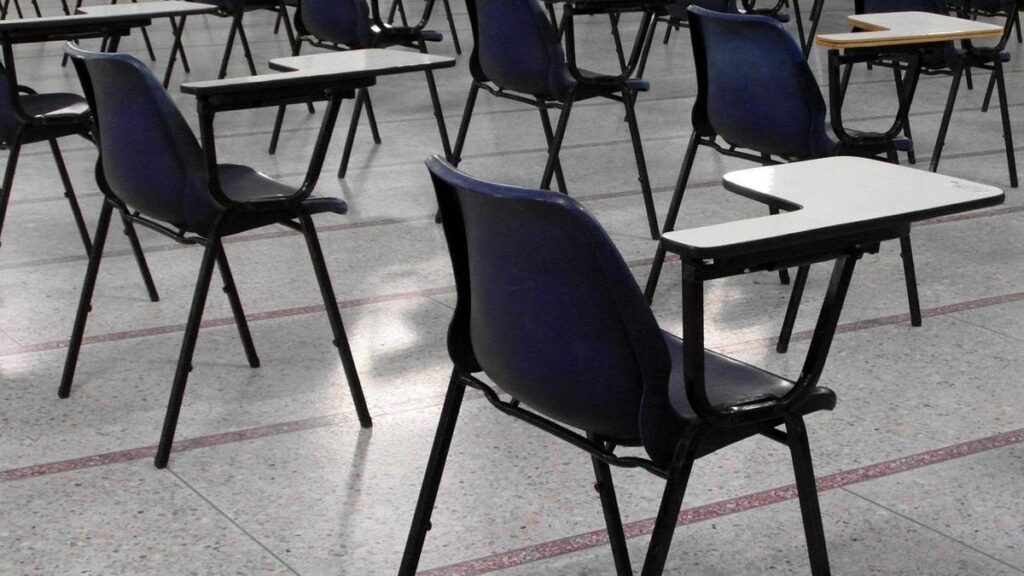
UPDATE: Less than 40 percent of Year 12 students in Western Australia (WA) are prepared to sit enough exams to qualify for the Australian Tertiary Admission Rank (ATAR), raising urgent concerns about the future of university readiness. With the ATAR exams set to commence on October 29 and run until November 20, preliminary data reveals a troubling trend: participation in ATAR courses continues to decline, now at just 38.08 percent of students eligible to take the exams.
The latest figures from the School Curriculum and Standards Authority show that only 13,367 out of 28,627 Year 12 students—approximately 47.64 percent—are gearing up to take at least one ATAR exam, down from 49.26 percent last year. While the overall number of students taking the exams has slightly increased from 10,686 to 10,900, this dip in eligibility highlights a growing trend of students opting out of what is deemed essential preparation for university.
The implications are significant. ATAR courses are recognized as the most effective pathway to university study, yet many students are choosing alternative routes. A spokesperson for the authority emphasized, “The rigour of completing Year 12 ATAR courses and examinations provides the best preparation for students to succeed and thrive in their university studies.” However, they noted that not all students aspire to achieve an ATAR, leading to varied course selections that prioritize individual interests.
On the first day of the exam period, around 156 students will take their first exam, with English being the most popular subject, attracting 9,537 students to sit the exam on November 3. Following closely is Mathematics Applications, with 8,069 students enrolled. The figures paint a complex picture of student aspirations and readiness.
In a bid to address the declining participation rates, this year the authority introduced a new policy allowing Year 12 students with D grades to pass ATAR subjects. Previously, students needed at least six C grades to qualify for a WA Certificate of Education. This change reflects recent research indicating that a D grade in an ATAR course is equivalent to at least a C grade in a General course. By easing these requirements, officials hope to increase the number of students taking on the rigours of ATAR courses.
The long-term decline in ATAR participation raises pressing questions about educational pathways for WA students. As the countdown to the exams begins, educators, parents, and students alike are watching closely to see how these changes will impact university admissions and future academic opportunities.
As the situation develops, stakeholders urge for a renewed focus on the importance of ATAR exams in shaping students’ futures. The educational community is now left to grapple with what these trends mean for the next generation and the potential consequences for university enrollment rates across Australia.





